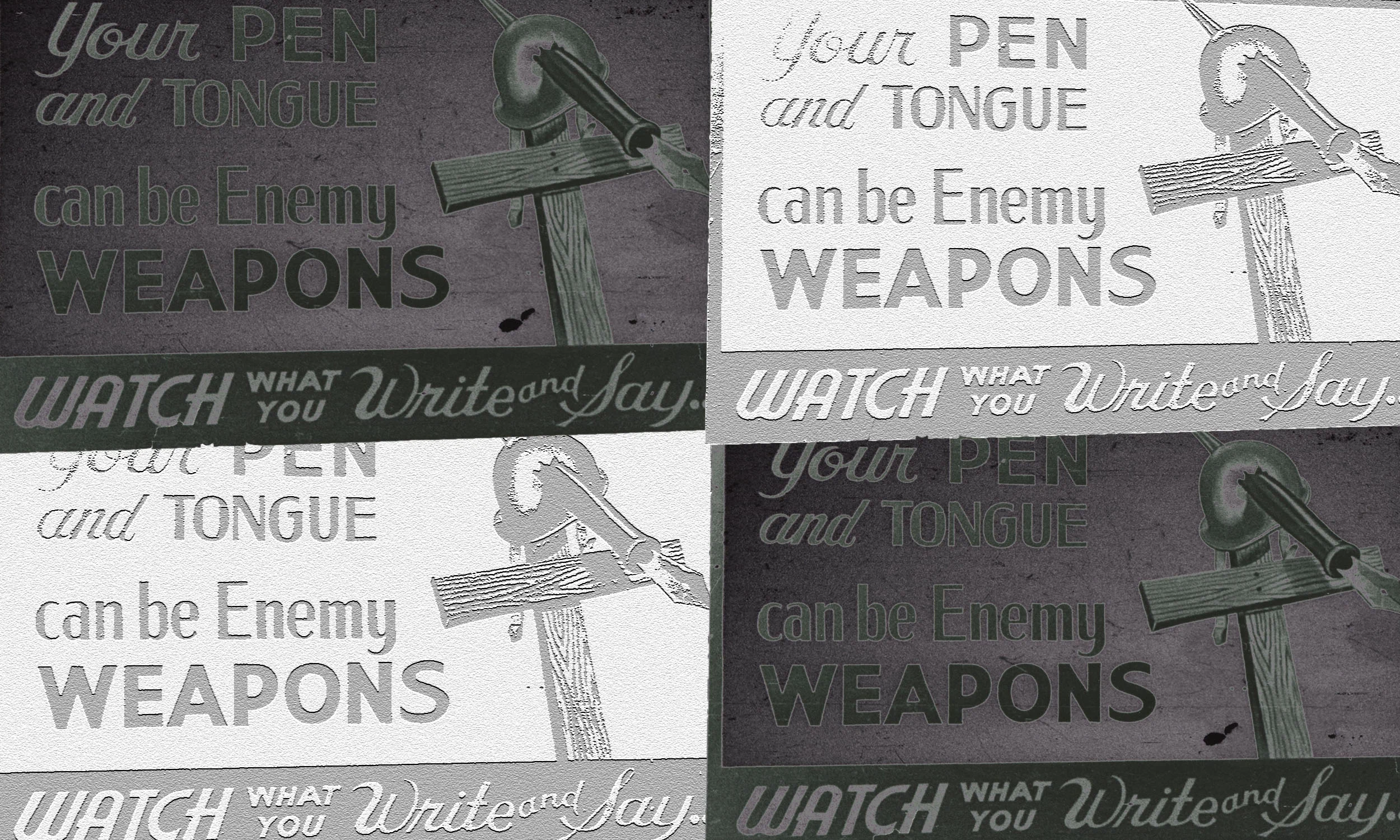“I love these kinds of books, and this is a great one....a phenomenal story... ”
video
Watch denise discuss The last castle on ABC-ktul’s “Good morning tulsa.”
listen to denise discuss the last castle on wuvm, 89.7, milwaukee’s npr.
praise for We Gather Together:
“Packed with vivid character sketches, intriguing historical tidbits, and lucid meditations on the psychology of giving thanks, this unique chronicle casts the holiday in a new light.”
“In this provocative, longform approach to celebrating all things Thanksgiving, Kiernan’s take on the holiday is revised now for younger audiences. It is thoroughly researched, both political and personal, as well as steadfastly invested in ensuring the legacy of Sarah Josepha Hale, the oft-forgotten mother of the holiday.”—The Bulletin of the Center for Children's Books
“With engaging writing and fresh research, everything comes together in a thoroughly enjoyable package. Readers will find humor (Kiernan’s take on turducken: “a poultry nesting doll with gravy”), pathos (public events were canceled during the 1918 flu pandemic), and surprises (Pilgrims weren’t connected to the holiday until 1939, when FDR attempted to change the date). Lots to consider, especially with Thanksgiving just around the corner.” —Booklist, starred review
“A great addition to any library...shares a new side of the story of Thanksgiving.” —School Library Journal
praise for the instant New York Times bestseller, The Last Castle:
“The Last Castle, with its engaging narrative and array of detail, allows us to pay a visit [to] one of American history’s most stately pleasure domes....
She brings the place to life...”
“The book’s vitality lies in the details...”
“Her recreation of Biltmore’s origins hits like a flute of fine champagne.” ”
“This is fantastic stuff...”
“A story that is both intimate and sweeping...”
“A true tale of American excess, generosity, and perseverance.”
"It's about celebrity culture, wealth disparity, the remarkable charity and foresight of a few wealthy people, the urge to create and maintain a family legacy and, in its darker moments, the ever-present potential for personal tragedy. It's grounded in Kiernan's years of globe-trotting research and yet also immediately relevant to the topics that clog social media in 2017." —Asheville Citizen-Times
"The Last Castle is Edith Wharton's The Age of Innocence spring to life...Biltmore is an ideal vessel for an exploration of our worship of affluence and social cachet, and more importantly, the American myth of classlessness. The Last Castle plumbs these themes and history with subtle insight and élan." —Knoxville News Sentinel
"For those who couldn't get enough of Downton Abbey, The Last Castle might satisfy that desire to peer into the lives of wealthy members of the reigning elite." —Bookreporter.com
praise for the instant New York times bestseller THe GIrls of Atomic City...
“The image of Rosie the Riveter — women filling in at factories to help the war effort — is well known. But women also assisted on the Manhattan Project, signing up for secret work in Oak Ridge, Tenn., to help build the atomic bomb. Kiernan looks at the lives and contributions of these unsung women.” —New York Post
“Certainly the timeline, the science, the major military and political players, and so on are well known. But it has taken an astute woman writer to tell the story in a whole new way. Thanks to author Kiernan, we hear from a group of that generation's women, now in their eighties and nineties, whose wartime experience matched no one else's. Ever. Anywhere.” —Seattle Post-Intelligencer
“Denise Kiernan recreates, with cinematic vividness and clarity, the surreal Orwell-meets-Margaret Atwood environment of Oak Ridge”—Daily Beast
“Kiernan's writing is clear, fast-paced and easily understood…If all history books read like novels, which Atomic City does, we'd have a nation of history scholars.” —Omaha World-Herald
“The best kind of nonfiction: marvelously reported, fluidly written, and a remarkable story . . .As meticulous and brilliant as it is compulsively readable.” —Karen Abbott, New York Times bestselling author of Sin in the Second City
“Fascinating…Kiernan has amassed a deep reservoir of intimate details of what life was like for women living in the secret city . . .Rosie, it turns out, did much more than drive rivets.”—The Washington Post
“A unique and personal perspective . . . Instead of the words of top scientists and government officials, Kiernan recounts the experiences of factory workers, secretaries, and low-level chemists in a town that housed at its peak 75,000 people trained not to talk about what they knew or what they did. She combines their stories with detailed reporting that provides a clear and compelling picture of this fascinating time.” —The Boston Globe
“The stories of women who helped create the atomic bomb form the heart of Kiernan’s revealing oral history project—a work richly centered in time and place.” —Library Journal
“The Girls of Atomic City details a story that seems impossible yet was true. Author Denise Kiernan brings a novelist’s voice to her thoroughly researched look at Oak Ridge, Tennessee.” —Book Page
“The Girls of Atomic City immediately seizes your attention and causes you to re-examine everything you thought you knew about the Manhattan Project, the atomic bomb and the indispensable role women played in World War II. It's a definite must-read for any military history buff and a powerful reminder that 'the Greatest Generation' encompassed both sexes." —San Antonio Post-Express
“While telling a fascinating story, Kiernan also captures the complexity of the consequences of the work that the women did. Her multifaceted account sets the experience of each woman within a larger picture and raises larger questions about work and society.” —Columbus Dispatch
“An inspiring account of how people can respond with their best when called upon.” —Kirkus Reviews
“Kiernan’s book, the result of seven years of research and interviews with the surviving “girls,” sparkles with their bright, WWII slang and spirit, and takes readers behind the scenes into the hive-like encampments and cubicles where they spent their days and nights…The Girls of Atomic City brings to light a forgotten chapter in our history that combines a vivid, novelistic story with often troubling science.” —Atlanta Journal-Constitution
“The Girls of Atomic City, which often reads like a novel, shares an underappreciated dimension of the World War II era.” —The Post and Courier
“Kiernan’s focus is on the intimate and often strange details of work and life at Oak Ridge. It’s told in a novelistic style and is an intimate look at the experiences of the young women who worked at Oak Ridge and the local residents whose lives were changed by the presence of the project.”—San Francisco Book Review
“Denise Kiernan’s engaging new book… explores the human side of the story of Oak Ridge, one of the best-kept secrets in the saga of how the United States built the first nuclear weapons.” —The Knoxville Sentinel
"[Kiernan’s] prose is beguiling. She is very much at ease with her subject and allows the reader to wander vicariously in this government-owned and -operated city. She has neither ox to gore nor axe to grind. The women who stood up are saluted without polemic. " —Tulsa World
“A lively story about the tens of thousands of women who made the bomb — from the power-plant janitor struggling each day through the mud to the exiled physicist in Sweden — The Girls of Atomic City offers a bottom-up history revealing that the atomic bomb was not simply the product of J. Robert Oppenheimer’s genius, but also of the work of women at every level of education and class.” —BrainPickings.org
“The most interesting parts of this history deal with the social aspects of life in a bustling community so rife with secrecy. . . . Kiernan chronicles the fascinating lives of some of the young women who lived and worked in this fenced-in town, helping to develop the first atomic bombs." —Science News
“Kiernan uses research, interviews, maps and photos to craft what is probably the best account of the Secret City yet written." —The Advocate (Baton Rouge, LA)
“This book should be on the shelf of anyone seriously interested in the Manhattan Project.…Kiernan gives us a compelling cross-section of life in ‘The Secret City.’ . . . the stories of the lives — personal, social, and work alike — of her protagonists are richly engaging in their own rights; they have no need of any veneer of academic puffery. Kiernan relates these stories with warmth, humor, and humanity, and that is all that they require to come alive. . . . We can be grateful that they succeeded admirably, and so has she.” —The American Physical Society
“Kiernan melds hard science and history with the moving stories of women caught in events bigger than themselves, whose experiences and whose work changed the world irrevocably. The result is a compelling and unusual new perspective on the Manhattan Project and World War II.” —Shelf Awareness



